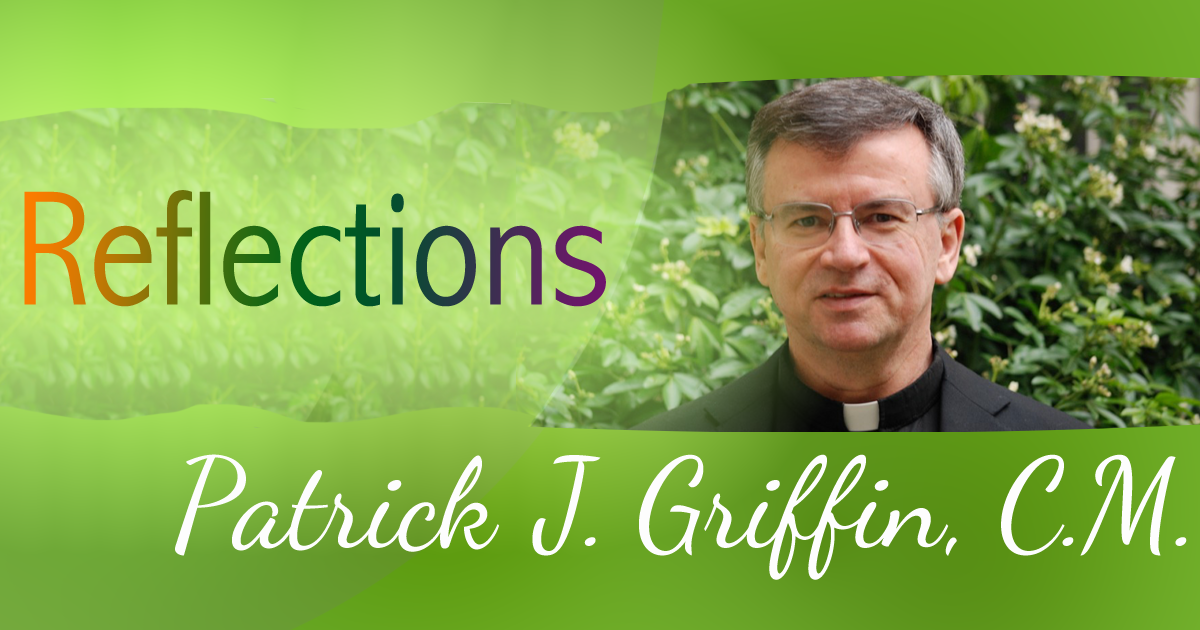Pope Francis’ Post-Synodal Apostolic Exhortation, Christus Vivit (“Christ is Alive”), was released on March 25th of this year. As we know, the fundamental orientation of this document focuses upon the young. At this point in my life, my ministry directs my attention to the University students at St. John’s in New York, and so I have found this message particularly enriching. The added blessing of attending to it during Easter time can multiply its influence.

The readers of Pope Francis’ material have come to expect some colorful and evocative turns-of-phrase that stimulate the imagination and beg for deeper reflection. This document provides no exception. With a foundational encouragement to recognize Christ as “eternally young” and always alive, young people hear the summons “to dream great things, to seek vast horizons, to aim higher, to take on the world, to accept challenges and to offer the best of themselves to the building of something better . . . [they are] not to let themselves be robbed of hope” (15). This one line captures the spirit of the document. It recognizes the possible bumps and pitfalls of being young, but overwhelmingly speaks to the assets of their age for themselves, the Church, and the world. One can only be uplifted. The Pope recognizes that “Youth is more than a period of time; it is a state of mind” (34). The Church must grasp and depend upon this truth for its future.
The Holy Father repeatedly calls attention to the wisdom literature of the Old Testament that celebrates the gifts of youth (as well as old age); he links those with the teachings of the New Testament. He draws attention to dozens of saints, to documents of the Church, and to the words of the Fathers of the Church. He even makes a wondrous connection with Ulysses and Orpheus. Ten worthwhile and thoughtful statements from this literary effort could easily come to mind. One could call attention to the images of “parked cars,” “ideological colonization,” “eyes cleansed with tears,” “fake news,” and many others. Each holds out a teaching in context and a lesson for youth. The Pope speaks to them directly with a variety of appropriate illustrations.
Throughout the document, two images emerge regularly. One deals with the digital world; that brings no surprise to anyone born or living in this century. The other, however, and the more common one to my eye, comes from the world of agriculture. Francis speaks of soil, seeds, roots, and harvest. Clearly, the biblical references find a place here, but the emphasis goes broader to the reality that gave birth to the scriptural reflection. The focus falls upon life, growth and fruit. This dynamic brings a joyful encouragement and hope as it points to the future.
My appreciation of the beauty of this exhortation invites me to read it again and to explore the ways in which it can address the University community of which I am a part. The message, however, addresses all of us because we all have some dealings with the young. Listen to the way in which Francis offers guidance in this regard. It invites reflection:
“Each young person’s heart should thus be considered ‘holy ground’, a bearer of seeds of divine life, before which we must ‘take off our shoes’ in order to draw near and enter more deeply into the mystery” (67).







Thank you very much!
Thanks Fr for that message I remember as a young man I felt the same way